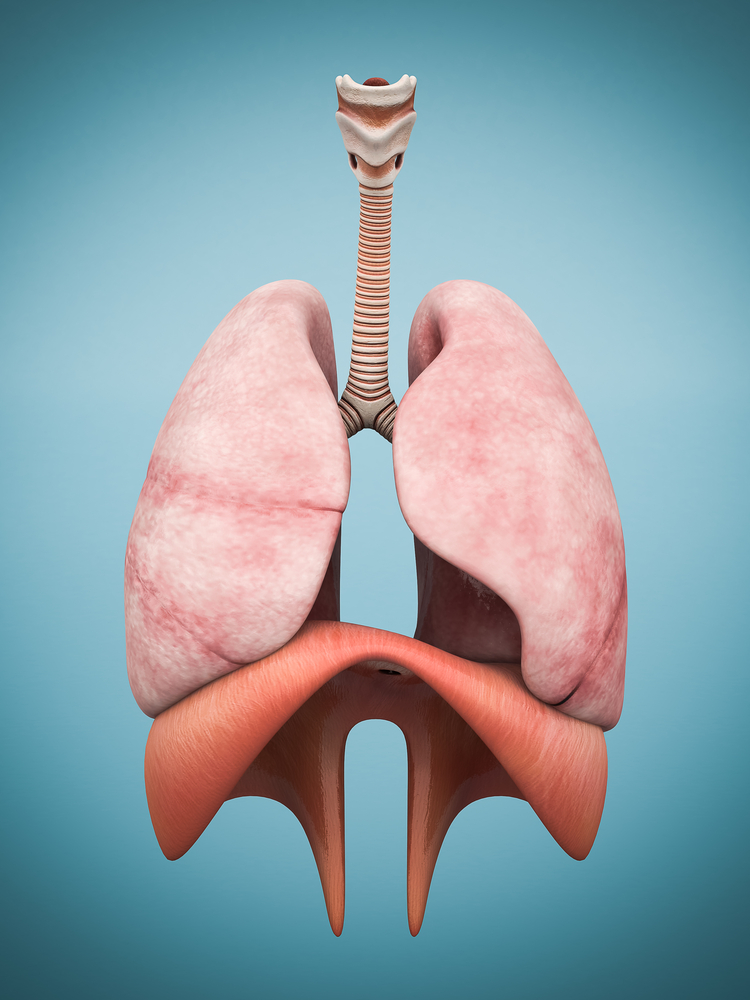Lung Reduction Surgery Conducted in India for the First Time on Scleroderma Patient
Written by |

An expert surgical team conducted the first lung reduction surgery in India. The recipient of the new, size-reduced lung was a 30-year-old woman named Mrs. Anita Devi, who suffers from scleroderma. The surgery was conducted to treat Mrs. Devi’s scleroderma-related pulmonary fibrosis, but the technique can be applied to a range of other illnesses that require a lung transplant.
“I am very much thankful to the doctors at Global Health City for offering me another chance to live my life and to spend time with my family,” said Mrs. Devi in a news release. “When I came here with a failed lung condition, I and my family had very little hope. Now with the successful lung transplant, I am all set to start a fresh lease of life again.”
Patient requirements to receive a lung transplant are strict, and Mrs. Devi almost did not qualify due to her small size. Mrs. Devi stands slightly less than five feet tall, and her chest cavity was too small to receive a standard lung donation. “According to the standard practice that we follow, only the pediatric age group lung would aptly fit into her chest cavity,” said Dr. Rahul Chandola, Senior Consultant Heart & Lung Transplant Surgeon at Global Heart & Lung Institute. “Considering the extreme difficulty in getting pediatric donor lung and her deteriorating health conditions, our team decided to adopt a new operative technique which allows downsizing of larger lungs for use in smaller recipients.”
“This approach of downsizing of larger lungs for use in smaller recipients has recently gained widespread use in western countries, especially for highly urgent recipients,” said Dr. Govini Balasubramani, Senior Consultant Heart & Lung Transplant Surgeon at Global Heart & Lung Institute. “However, it is still not considered a standard procedure. But size-reduced lung transplantation is expected to offer a huge relief to hundreds of recipients as it enlarges the donor pool and potentially reduces waiting time and waiting list mortality. In the case of Mrs. Anita Devi, the size of donor lung was reduced by about 25% to fit into her chest cavity.”
The new surgery was likely life-saving for Mrs. Devi. “Mrs. Anita Devi was a known case of Bilateral Interstitial Lung Disease and Systemic Sclerosis,” said Dr. Vijil Rahulan, Senior Consultant Pulmonologist, who was an active member of the surgical team. “She was already on maximal medical treatment steroid support and oxygen dependent up to 4 liters a day. After a complete evaluation and with lung transplant as the only treatment option, she was registered for cadaveric lung transplant program. In the meantime, she underwent a specialized pulmonary rehabilitation program as a preparation for transplant.” With her new lungs, Mrs. Devi is now breathing easier.
Up to 40% of systemic sclerosis patients have some form of lung manifestation, making daily activities difficult. While there are some treatment options available that attempt to stop the progression of lung fibrosis, a lung transplant is sometimes the only option for some patients. According to Mayo Clinic, lung volume reduction surgery can also remove pieces of damaged lung tissue, allowing the remaining pieces of lung to function better. In this way, the surgery also helps reduce the burden placed on the lung transplant waiting list by extending the life of the patient’s own lungs.





